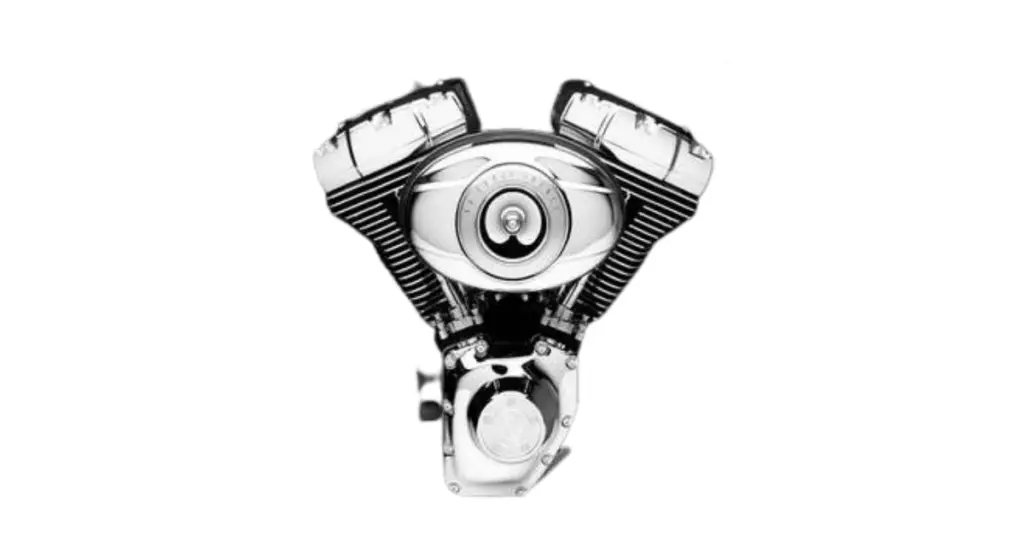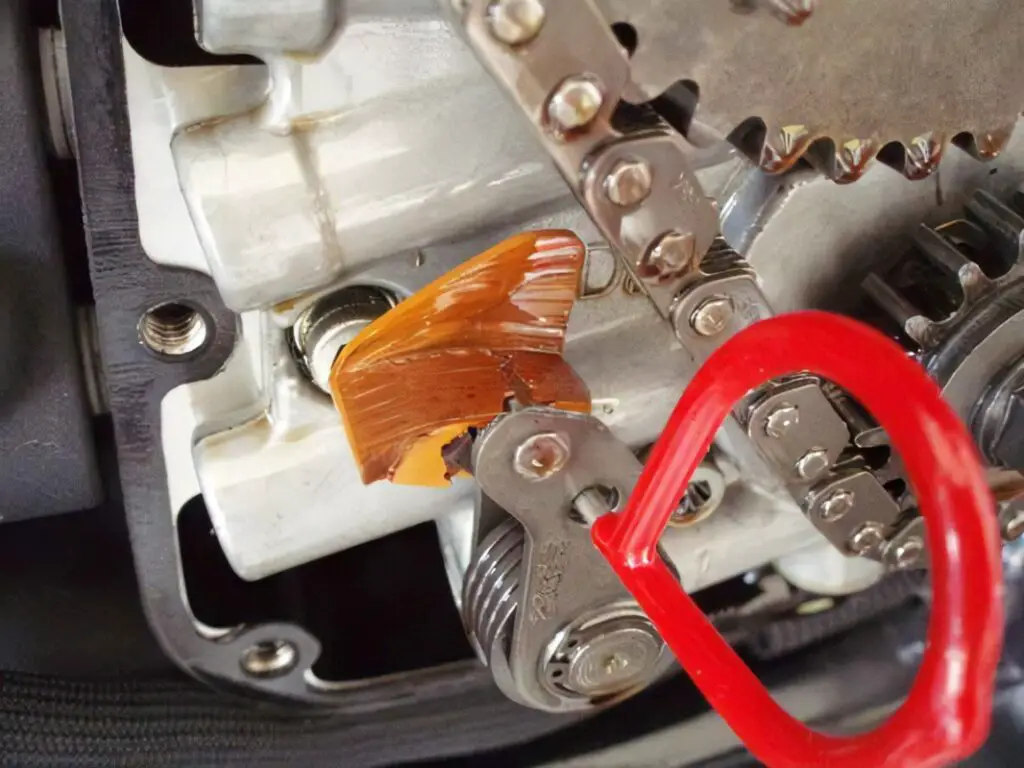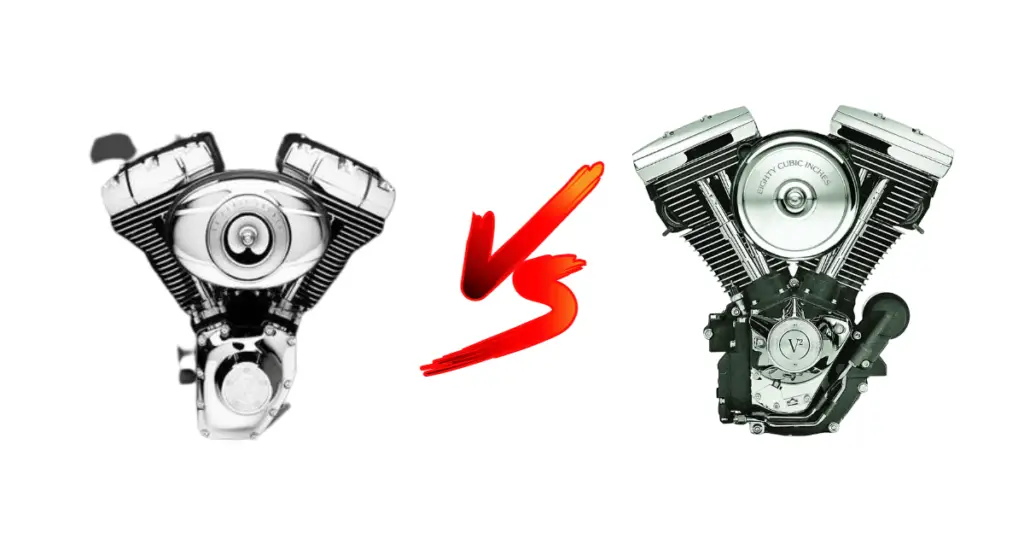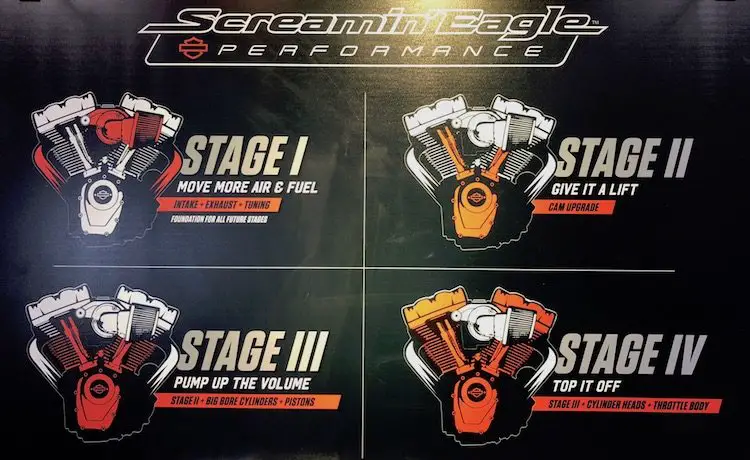When it comes to Harleys in particular, the heart of your machine, the motor, can make or break the ride. So, “Is the twin cam 96 a good motor?” is a question that every Harley rider has asked at some point. Loaded with both horsepower and heritage, this famed motor has carved its niche in motorcycle folklore. But, is it all bells and whistles? The answer, we’ve found, is a mix of yes and no.
In the captivating world of motorcycle mechanics, the Twin Cam 96 has been lauded for its reliability, yet also chided for certain problems. This paradox often leaves enthusiasts in a perplexed state, seeking clear and jargon-free guidance amid the clattering noise of diverse opinions. So saddle up as we ride into the essence of this beast, the Twin Cam 96, separating the facts from the fluff, and offering practical advice and anecdotes on everything from power profiles to potential pitfalls. It’s time to transform your confusion into clarity and determine if this legendary motor is really the heart your motorcycle journey needs.
Read later:
– Best Tuner for Harley 96: Power, Torque, and More
– Best Spark Plugs for Harley Davidson Twin Cam: Full Guide
– Finding Best Oil for Harley Davidson Twin Cam Engines (Guide)
When Was The Twin Cam 96 Released?

The twin cam 96 was launched by Harley-Davidson in the year 2007. With this new introduction, Harley-Davidson aimed to provide its riders with a more powerful and reliable engine, moving from the Twin Cam 88 engine that had been in use since 1999.
What’s The Consensus on Twin Cam 96 Reliability?
The consensus on the twin cam 96’s reliability is somewhat mixed. Many Harley riders swear by its durability and longevity, reporting that they’ve ridden tens of thousands of miles without any significant issues. However, some others have reported experiencing problems before reaching 10,000 miles.
Read later:
– Harley 96 Oil Capacity (The Full Explanation)
– Harley 96 Primary Oil Capacity (The Full Explanation)
What Are Some Common Twin Cam 96 Problems?
Commonly found in Twin Cam 96 engines, are three main problems:
- Cam chain tensioner failure
- Bearing failure
- Oil sumping
Now, let’s break them down.
Cam Chain Tensioner Failure
Cam chain tensioner failure is another problem reported by some Harley riders. This can lead to a range of issues, including engine noise, poor performance, and even engine failure if the problem isn’t addressed promptly.

Bearing Failure
One of the most frequently reported problems with the twin cam 96 engine is bearing failure. This can lead to a range of issues, including excessive engine noise and even complete engine failure if not addressed promptly.
Oil Sumping / Oil Pump Failure
Another common issue reported by some Harley riders is oil sumping, also known as wet sumping. This happens when oil that should be in the oil tank ends up in the crankcase. Additionally, some riders have reported oil pump failure, which can lead to severe engine damage if not caught early.
How Does The Twin Cam 96 Compare to The Evo Motor?

Compared to the Evolution (Evo) Motor, the twin cam 96 offers more power and torque due to its larger displacement. It also has a more sophisticated cam chain tensioner design, which can lead to improved reliability. However, some riders prefer the simplicity and durability of the Evo Motor.
Read more: Twin Cam 88 vs 96: Dual Cam Shootout (What’s Better?)
Twin Cam 96 Specifications
The twin cam 96 engine has a displacement of 96 cubic inches (1584cc). It has a bore of 3.75 inches and a stroke of 4.38 inches. The compression ratio is 9.2:1. It features overhead valves with hydraulic, self-adjusting lifters and two valves per cylinder. It also features Electronic Sequential Port Fuel Injection (ESPFI).
Performance Specifications (Horsepower, Torque, 0-60)
The twin cam 96 engine produces approximately 68 horsepower and 92.6 ft-lb of torque. The 0-60 mph time depends on the specific model of the motorcycle, but it typically falls in the range of 4.5 to 6 seconds.
What Performance Upgrades Are Available For The Twin Cam 96?
A variety of performance upgrades are available for the twin cam 96 engine. These include:
Stage Kits

Stage kits are available to increase the power and performance of your twin cam 96 engine. These kits typically include items such as high-flow air cleaners, performance camshafts, and performance exhaust systems.
Tunes
Tuning your twin cam 96 engine can help to optimize its performance. This can be done using a variety of tools and software, including Harley-Davidson’s Screamin’ Eagle Pro Street Tuner.
Related: ThunderMax Tuner Reviews: A Complete, In-Depth Analysis
Exhaust Kits
Upgrading the exhaust system on your twin cam 96 engine can help to increase horsepower and torque. Several companies offer performance exhaust systems designed specifically for the twin cam 96 engine.
Air Cleaners
Upgrading the air cleaner on your twin cam 96 engine can help improve air flow and performance. Several companies offer high-performance air cleaners designed to fit the twin cam 96 engine.
What Models Had The Twin Cam 96?
The twin cam 96 engine was used in a variety of Harley-Davidson models, including the Softail, Dyna, and Touring models.
Learn more: Best Year Harley Twin Cam Engine: A Surprising Overview
How Does The Twin Cam 96 Compare to The 103?
The twin cam 103 engine is a larger displacement version of the twin cam 96. It offers more power and torque, making it a popular choice for riders looking for a bit more performance. However, the twin cam 96 is still a reliable and capable engine that many riders enjoy.
Related:
– Harley 96 vs 103: What’s The Deal?
– Harley 88 vs 96 vs 103: An In-Depth Engine Comparison
How Does The Twin Cam 96 Compare To Milwaukee 8 Engines?
The Milwaukee 8 engines are the successors to the twin cam engines. They offer even more power and torque than the twin cam 103, along with improved cooling and reduced vibration. However, the twin cam 96 remains a reliable and capable engine that continues to be enjoyed by many Harley riders.
Read more: Twin Cam vs Milwaukee 8: Harley Motor Shootout
All in all, the Twin Cam 96 is a good motor, but like any mechanical device, it’s not without its potential issues. Regular maintenance and timely repairs are key to ensuring a long and trouble-free life for this engine.
Read next: Harley Bad Compensator Symptoms Get Revealed